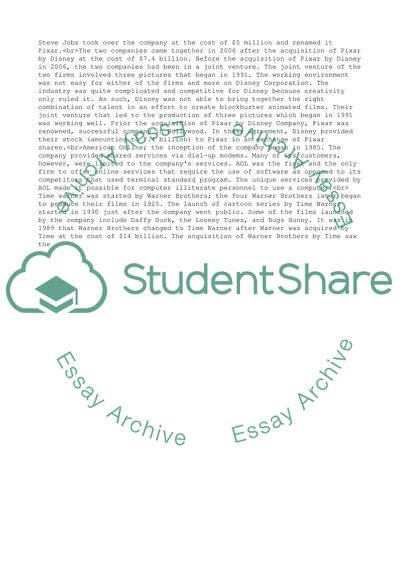Cite this document
(Report for International Business: Global mega-mergers Essay, n.d.)
Report for International Business: Global mega-mergers Essay. https://studentshare.org/business/1860787-report-for-international-business-global-mega-mergers
Report for International Business: Global mega-mergers Essay. https://studentshare.org/business/1860787-report-for-international-business-global-mega-mergers
(Report for International Business: Global Mega-Mergers Essay)
Report for International Business: Global Mega-Mergers Essay. https://studentshare.org/business/1860787-report-for-international-business-global-mega-mergers.
Report for International Business: Global Mega-Mergers Essay. https://studentshare.org/business/1860787-report-for-international-business-global-mega-mergers.
“Report for International Business: Global Mega-Mergers Essay”. https://studentshare.org/business/1860787-report-for-international-business-global-mega-mergers.


